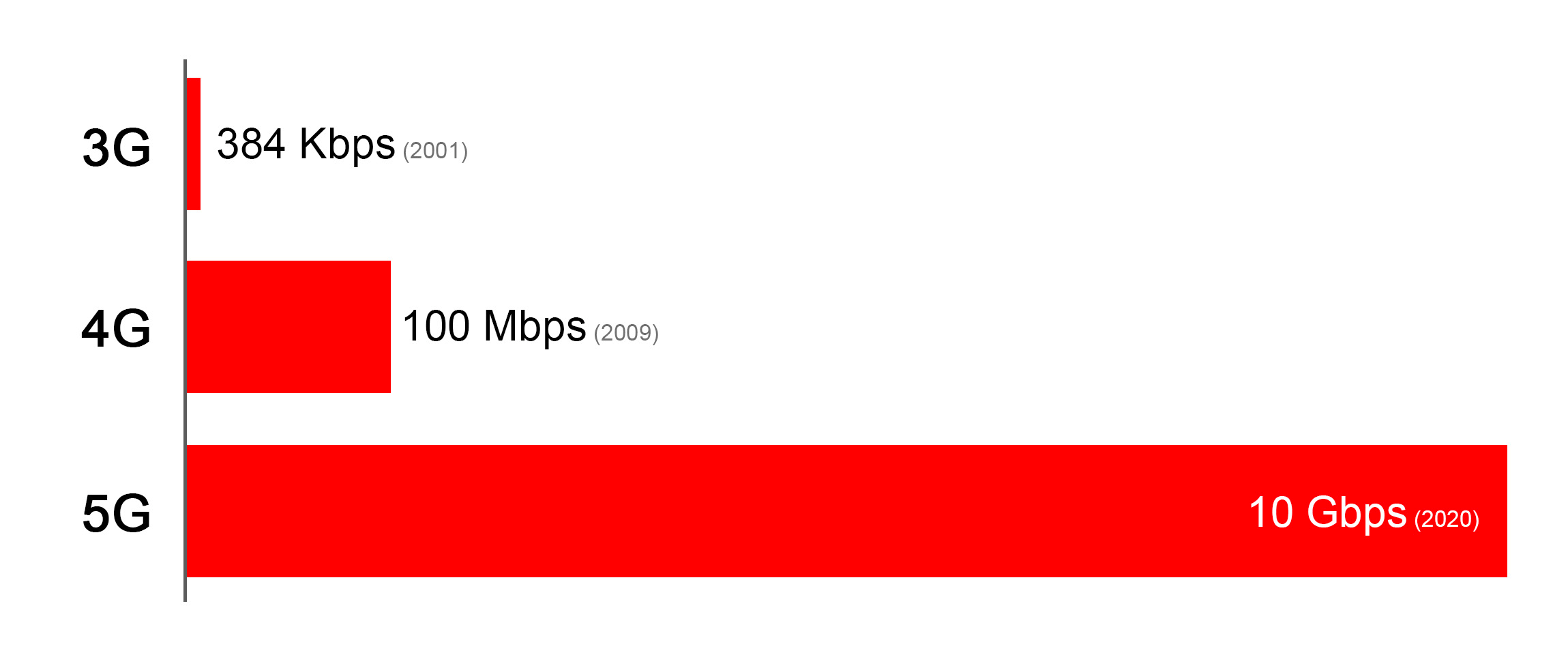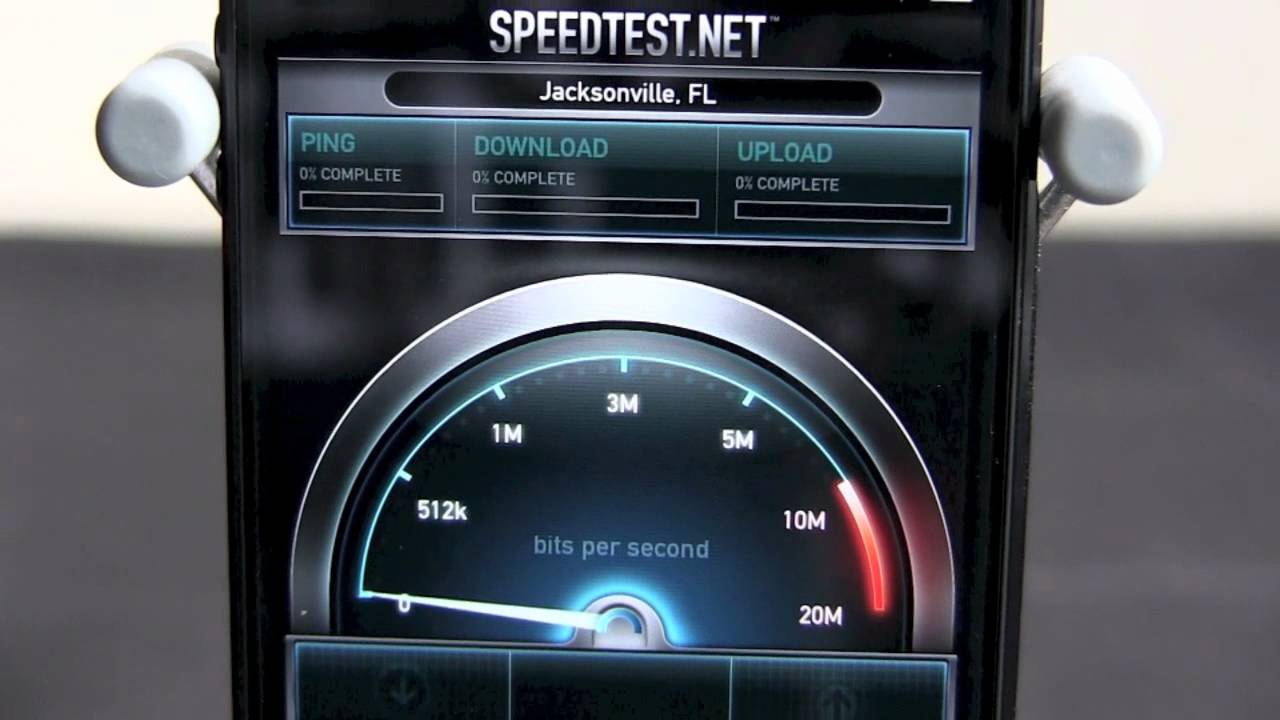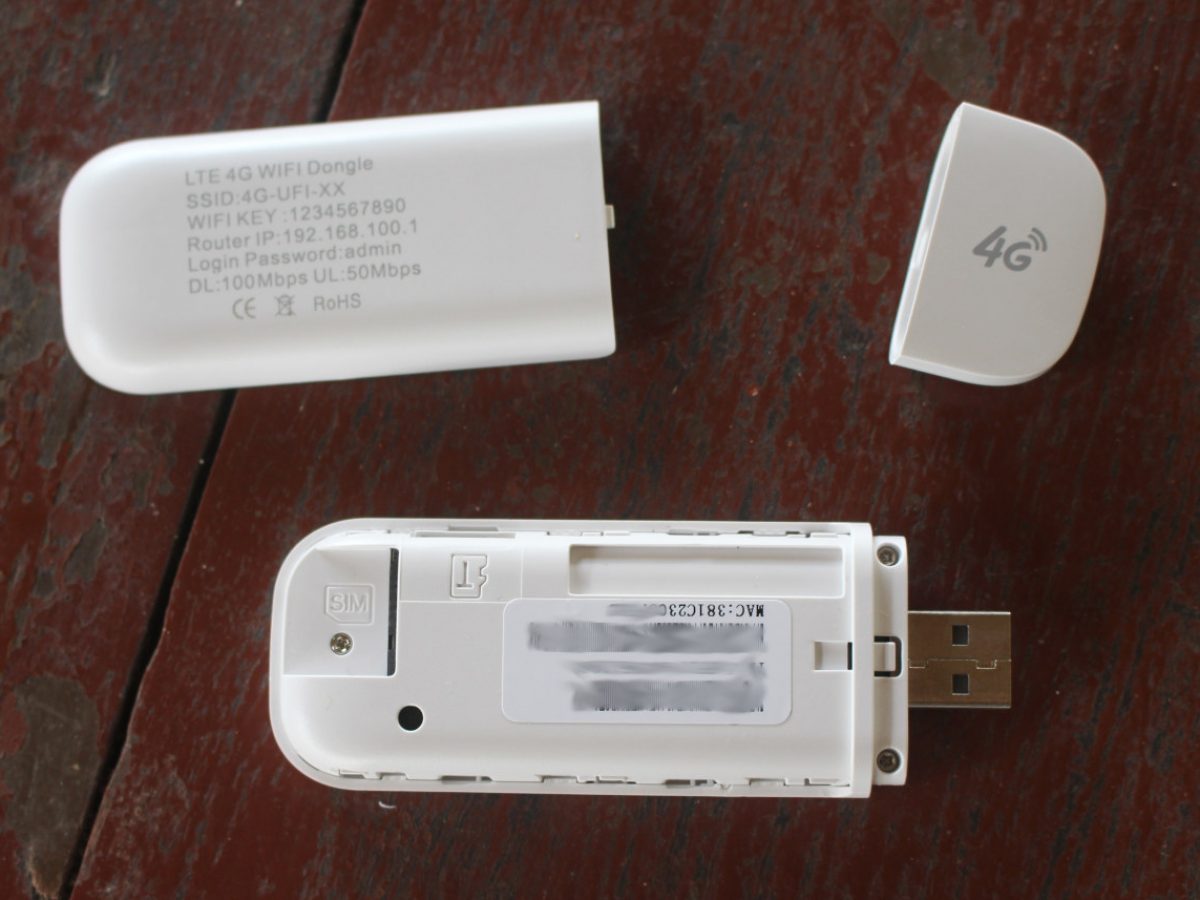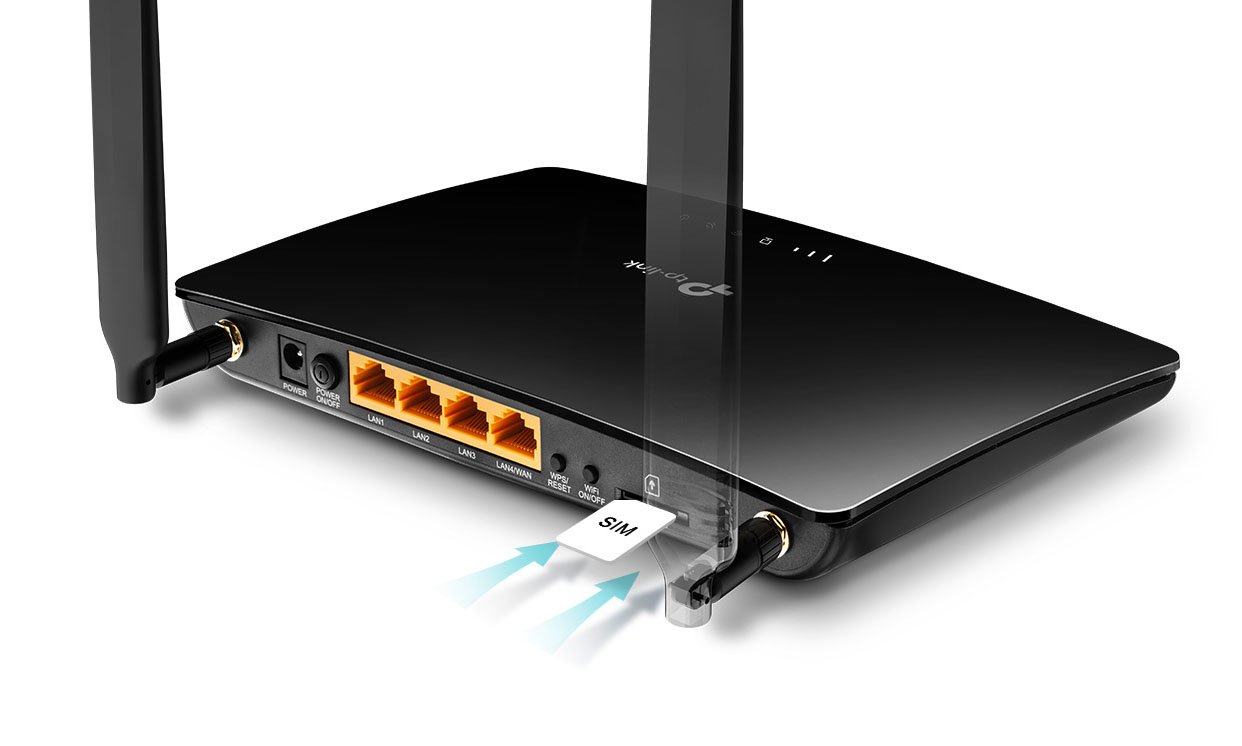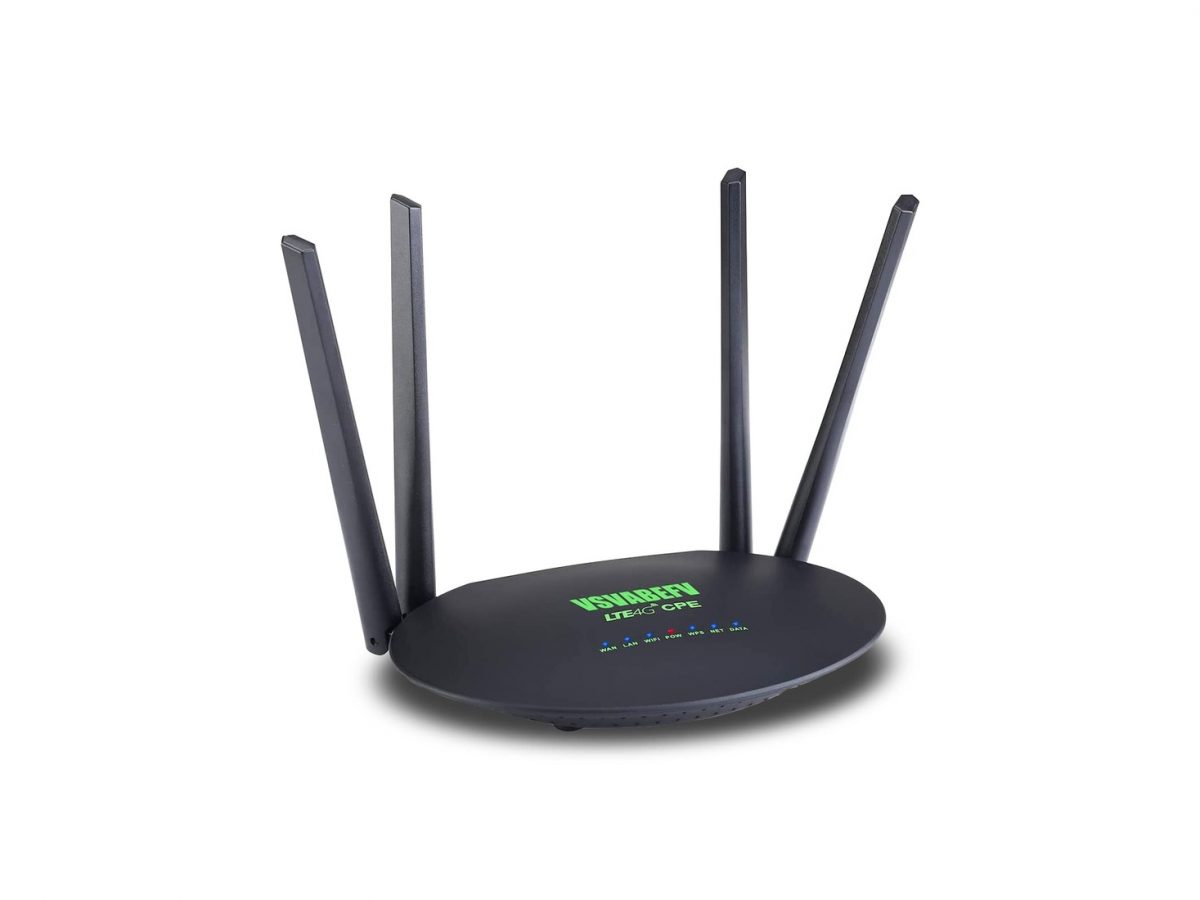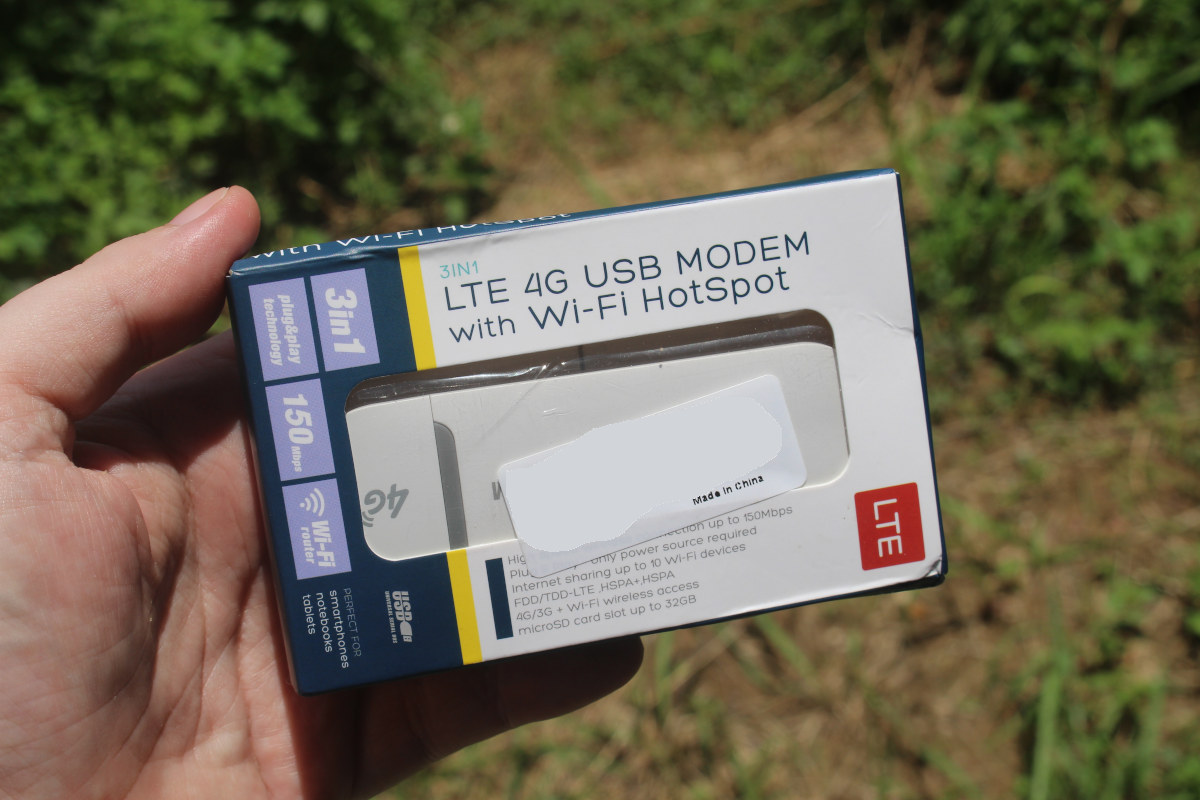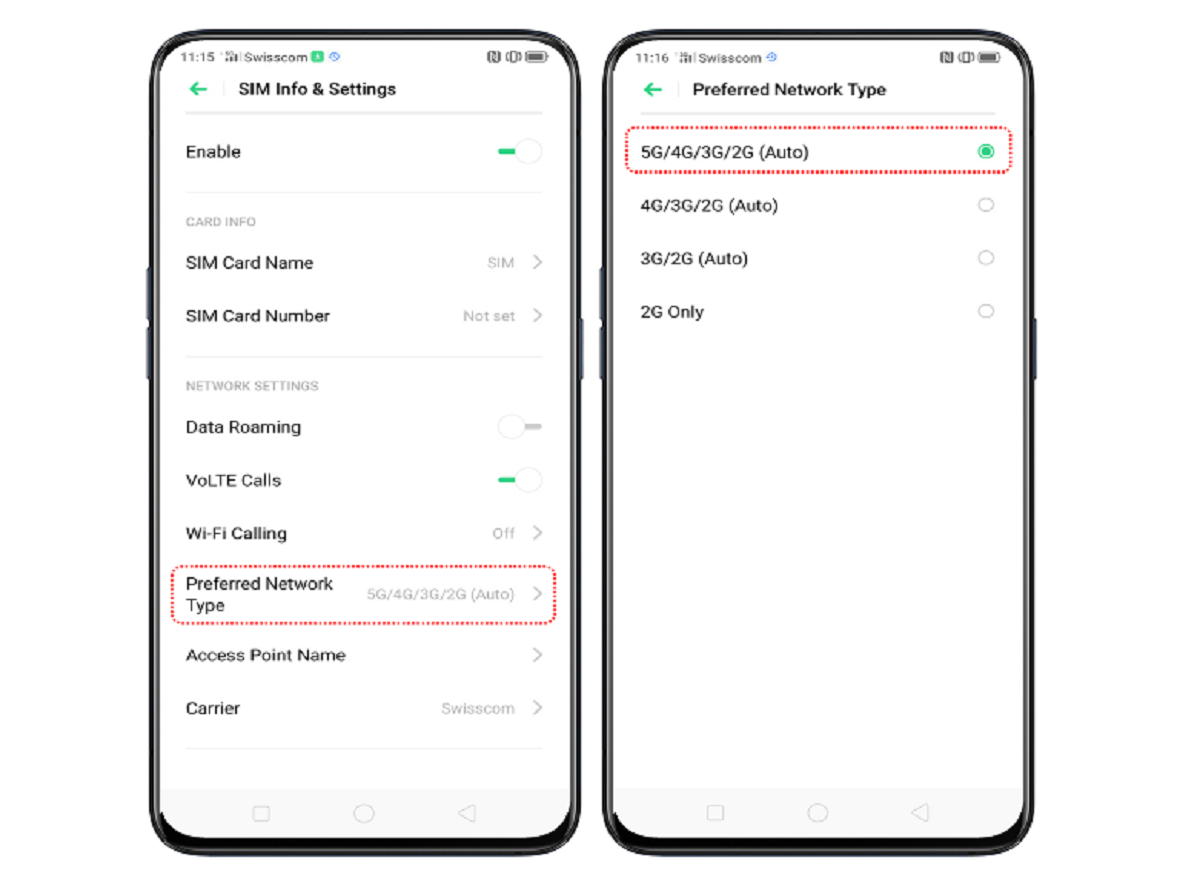Introduction
With the ever-evolving world of technology, access to high-speed internet has become a necessity for many people around the globe. It is no longer just a luxury, but a fundamental requirement for both work and personal activities. One of the key advancements in this realm is the development of 4G technology, which has revolutionized the way we connect and communicate.
4G stands for fourth-generation cellular network technology, providing faster data transmission speeds and improved overall performance compared to its predecessors. It has paved the way for seamless video streaming, faster downloads, and better connectivity on smartphones, tablets, and other devices.
Understanding the capabilities and limitations of 4G speed is crucial for individuals and businesses alike, as it directly affects the quality of web browsing, video calls, online gaming, and other data-intensive activities.
In this article, we will delve into the world of 4G speed to explore its capabilities, real-world examples of its performance, factors that affect its speed, and how it compares to previous generations of cellular networks.
So, if you’re ready, let’s dive into the world of 4G speed and find out just how fast it can be!
What is 4G?
4G, or fourth-generation, refers to the latest generation of cellular network technology designed to provide faster data speeds and enhanced capabilities compared to previous generations. It is a significant improvement over its predecessor, 3G (third-generation), in terms of speed, bandwidth, and overall performance.
One of the key features of 4G technology is its ability to deliver broadband-like speeds on the go. It enables users to access the internet, stream high-definition videos, make video calls, and download large files with minimal interruptions and delays.
Unlike earlier generations, 4G is specifically designed to meet the increasing demand for mobile data services and accommodate advanced applications and services. It utilizes a technology called Long Term Evolution (LTE) to achieve high-speed data transmission rates.
Another noteworthy aspect of 4G is its ability to handle multiple connections simultaneously, which is essential in a world where we are increasingly reliant on our smartphones and other connected devices. With 4G, users can experience reliable and seamless connectivity, even in densely populated areas with heavy network traffic.
Moreover, 4G technology offers lower latency, which refers to the time it takes for data to travel from the source to the destination and back. Low latency is crucial for activities that require real-time responsiveness, such as online gaming and video conferencing.
In summary, 4G represents a significant leap in mobile network technology. It offers faster speeds, greater capacity, and improved overall performance, empowering users to maximize the potential of their connected devices and enjoy a seamless and superior browsing experience.
How fast is 4G speed?
When it comes to 4G speed, it’s important to understand that there can be variations in performance depending on several factors such as network coverage, congestion, and the capabilities of the devices being used. However, on average, 4G offers download speeds ranging from 5 to 100 megabits per second (Mbps), with upload speeds typically ranging from 1 to 50 Mbps.
Download speed refers to the rate at which data is transferred from the internet to your device, while upload speed represents the rate at which data is sent from your device to the internet. These speeds are significantly faster compared to previous generations of cellular networks, making 4G ideal for data-intensive activities such as streaming high-definition videos, downloading files, and online gaming.
It’s worth noting that the actual speeds experienced by users may vary depending on network conditions and the specific service provider. In some cases, users may even experience speeds exceeding the average range mentioned earlier, especially in areas with excellent network coverage and less network congestion.
An essential metric to consider when measuring the performance of 4G speed is latency. Latency refers to the delay between when a command is given and when a response is received. In 4G networks, latency is typically in the range of 30 to 50 milliseconds (ms). Lower latency ensures a more responsive and interactive experience, especially in applications that require real-time interactions like online gaming and video calls.
Ultimately, 4G offers fast and reliable connectivity for a wide range of online activities. Its high download and upload speeds, along with low latency, enable seamless streaming, quick file downloads, and smoother browsing experiences on mobile devices compared to older generations of cellular networks.
Download Speed
Download speed is one of the primary factors that determine the overall browsing experience on a 4G network. It refers to the rate at which data is transferred from the internet to your device. Having a fast download speed is crucial for activities such as streaming high-definition videos, downloading files, and accessing web content quickly and efficiently.
On a 4G network, download speeds typically range from 5 to 100 megabits per second (Mbps). This means that you can download a file or stream a video at a much faster rate compared to previous generations of cellular networks. For instance, downloading a large file that would have taken minutes or even hours on a 3G network can be accomplished within seconds or minutes on a 4G network.
However, it’s important to note that download speeds can vary depending on several factors. Network coverage, signal strength, and network congestion can impact the actual download speed experienced by users. Generally, areas with strong network coverage and less network congestion tend to offer faster download speeds.
To get the most out of your 4G network’s download speed, it’s crucial to have a device capable of supporting the latest 4G technology. The device’s modem, processing power, and radio antennas play a significant role in determining the maximum download speed achievable. Upgrading to a newer device that supports the latest 4G technology can significantly improve your download speeds and overall browsing experience.
In summary, 4G networks provide fast download speeds ranging from 5 to 100 Mbps, allowing users to download files, stream videos, and access web content quickly and efficiently. While download speeds can be affected by network conditions and device capabilities, having a device that supports the latest 4G technology can ensure optimal download speed performance.
Upload Speed
While download speed is essential for consuming content on the internet, upload speed is equally crucial for activities that involve sending data from your device to the internet. Upload speed refers to the rate at which data is transmitted from your device to the internet, such as uploading photos, videos, or files, and sending emails or messages with attachments.
On a 4G network, upload speeds typically range from 1 to 50 megabits per second (Mbps). Although upload speeds are generally lower than download speeds, they are still significantly faster compared to older generations of cellular networks. With 4G, you can seamlessly upload high-resolution photos to social media, share videos with friends, and send files through cloud storage platforms with ease and efficiency.
Similar to download speeds, upload speeds can vary depending on factors such as network coverage, signal strength, and network congestion. Areas with strong network coverage and less congestion tend to offer faster upload speeds.
It’s worth noting that upload speeds are often lower than download speeds due to the asymmetrical nature of most internet connections. This is intentional, as most internet activities require a higher download speed than upload speed. As such, network providers allocate more bandwidth for download activities.
Like with download speed, having a device that supports the latest 4G technology can ensure optimal upload speed performance. The device’s modem, processing power, and radio antennas play a crucial role in determining the maximum upload speed achievable.
In summary, 4G networks provide fast upload speeds ranging from 1 to 50 Mbps, allowing users to seamlessly upload photos, videos, and files, as well as send emails and messages with attachments. While upload speeds can be affected by network conditions and device capabilities, having a device that supports the latest 4G technology can ensure optimal upload speed performance.
Latency
Latency is another important factor to consider when evaluating the performance of a 4G network. It refers to the delay between when a command or request is given and when a response is received. In the context of 4G, latency is typically measured in milliseconds (ms).
4G networks typically offer low latency, ranging from 30 to 50 milliseconds (ms). Lower latency is essential for activities that require real-time responsiveness, such as online gaming, video conferencing, and remote control applications. A lower latency ensures a more immediate and interactive experience, with minimal delay between your actions and the corresponding response from the internet.
For example, in online gaming, low latency is critical for achieving smooth gameplay and ensuring that your actions are registered in real-time. Similarly, in video conferencing, low latency ensures that the audio and video streams are in sync, allowing for a more natural and fluid conversation.
It’s important to note that latency can be influenced by several factors, including network congestion, distance to the server, and the overall performance of the network. Lower latency is generally experienced in areas with strong network coverage and less network congestion.
4G technology has significantly reduced latency compared to previous generations of cellular networks. This improvement is achieved through advancements in network infrastructure, signal processing, and network optimization techniques.
In summary, 4G networks offer low latency ranging from 30 to 50 ms, resulting in a more responsive and interactive experience for activities such as online gaming and video conferencing. While latency can vary based on network conditions and other factors, 4G technology has made significant strides in reducing latency compared to previous generations of cellular networks.
Real World Examples
To truly understand the power and speed of 4G networks, let’s explore some real-world examples of how 4G has transformed the way we connect and communicate:
- Video streaming: With 4G, streaming high-definition videos on platforms like YouTube, Netflix, and Hulu has become seamless and buffer-free. Users can enjoy their favorite movies, TV shows, and live events without interruptions, thanks to the excellent download speeds provided by 4G.
- Online gaming: 4G has revolutionized the world of online gaming by providing low latency and fast download speeds. Gamers can now engage in multiplayer battles, collaborate with teammates, and compete in real-time with players from around the world, all without experiencing lag or delays.
- Video conferencing: 4G makes video conferencing on platforms like Zoom and Skype a breeze. Users can have crystal-clear video and audio quality, allowing for more meaningful and productive communication between colleagues, friends, and family members, regardless of their physical location.
- Mobile productivity: 4G has empowered professionals to work on-the-go more efficiently. Whether it’s accessing cloud-based applications, sending and receiving large files, or collaborating in real-time, 4G speeds ensure that tasks can be completed quickly and effectively, regardless of the user’s location.
- Navigation and maps: With 4G, navigating through unknown territories has become more accurate and reliable. Real-time navigation apps like Google Maps can provide up-to-date traffic information, alternative routes, and precise turn-by-turn directions, making it easier for users to reach their destinations.
- Internet of Things (IoT): 4G has paved the way for the rapid expansion of the Internet of Things. Connected devices, such as smart home systems, wearable health trackers, and industrial sensors, can seamlessly communicate and transmit data over 4G networks, enabling automation, real-time monitoring, and enhanced convenience in various aspects of our lives.
These examples highlight just a few of the countless ways in which 4G has transformed our digital experiences. With its fast download and upload speeds, low latency, and reliable connectivity, 4G has opened up new possibilities for entertainment, communication, productivity, and innovation in our increasingly connected world.
Factors that Affect 4G Speed
While 4G networks are designed to provide fast and reliable connectivity, several factors can influence the actual speed experienced by users. Understanding these factors can help manage expectations and optimize the 4G experience. Here are some key factors that affect 4G speed:
- Network Coverage: The availability and strength of the 4G network in a specific area is a crucial factor. Users in areas with excellent network coverage are more likely to experience faster and more reliable speeds compared to those in areas with limited coverage.
- Network Congestion: The number of users connected to a specific cell tower or network segment can impact 4G speed. During peak hours or in densely populated areas, increased network congestion can lead to slower speeds as the available bandwidth is shared among a larger number of users.
- Device Specifications: The capabilities of the device being used can affect the speed experienced on a 4G network. Devices with higher-capacity modems, faster processors, and better antenna designs can take full advantage of the available network speeds, resulting in faster download and upload rates.
- Network Load: The overall load on the network, including data usage during peak hours, can impact 4G speed. Network operators continually monitor and manage traffic to ensure optimal performance, but spikes in demand or heavy usage in certain areas can temporarily slow down speeds.
- Signal Strength: A stronger 4G signal translates into better speeds and performance. Factors such as distance from the cell tower, physical obstructions, and interference from other electronic devices can impact signal strength and, subsequently, speed.
- Weather Conditions: Extreme weather events, such as heavy rain, storms, or snow, can temporarily affect signal strength and, consequently, 4G speed. However, modern network infrastructure is designed to minimize disruptions caused by adverse weather conditions.
It’s important to note that while these factors can influence 4G speed, advancements in technology and network optimization continue to improve overall performance and mitigate these challenges. Network operators strive to provide the best possible experience for their users by expanding coverage, upgrading infrastructure, and optimizing network resources.
By considering these factors and ensuring access to strong network coverage, using devices with up-to-date specifications, and managing network congestion, users can enhance their 4G speed experience and enjoy the full benefits of high-speed connectivity.
Difference between 4G and 4G LTE
4G (Fourth Generation) and 4G LTE (Long-Term Evolution) are often used interchangeably to refer to advanced cellular network technologies. However, there are some subtle differences between the two that are worth highlighting:
Network Technology: 4G is a broad term used to describe the fourth generation of cellular network technology. It encompasses various technologies and standards, including LTE. LTE, on the other hand, stands for Long-Term Evolution and is a specific technology standard used for high-speed wireless communication.
Speed: The main difference between 4G and 4G LTE lies in the speed capabilities. While both provide fast data speeds, 4G LTE is generally faster and offers improved performance. LTE networks can achieve higher peak download speeds, ranging from 100 to 300 Mbps, and upload speeds ranging from 50 to 75 Mbps, depending on network conditions and device capabilities.
Latency: Another factor that sets 4G LTE apart is latency, which refers to the delay between data transmission and reception. LTE networks typically offer lower latency compared to standard 4G networks, resulting in a more responsive and interactive user experience, particularly in real-time applications like online gaming and video calls.
Network Coverage: 4G networks are more widely available compared to 4G LTE networks, which are still being rolled out in many regions. As a result, 4G coverage tends to be more extensive, offering users a broader area of connectivity.
Upload Speeds: 4G LTE networks typically provide higher upload speeds compared to standard 4G networks. This makes it more efficient for activities such as video conferencing, cloud-based file sharing, and uploading content to social media platforms.
Compatibility: In terms of device compatibility, most modern smartphones, tablets, and other mobile devices support both 4G and 4G LTE technology. However, older devices may only be compatible with 4G or may not support LTE features.
In summary, 4G and 4G LTE are related but distinct technologies within the fourth generation of cellular networks. While 4G is a broader term, LTE is a specific technology standard that provides faster speeds, lower latency, and higher upload speeds compared to standard 4G networks. As network infrastructure continues to evolve, widespread adoption of 4G LTE is expected, ensuring even faster and more reliable connectivity for users.
Comparison with Previous Generations (3G, 2G)
4G represents a significant advancement in cellular network technology compared to its predecessors, 3G (Third Generation) and 2G (Second Generation). Let’s explore the key differences and improvements in 4G when compared to these earlier generations:
Data Speeds: One of the most significant advantages of 4G over 3G and 2G is its faster data speeds. 4G networks can deliver download speeds ranging from 5 to 100 Mbps, whereas 3G typically offers speeds ranging from 1 to 10 Mbps, and 2G is limited to speeds of around 0.1 Mbps. This substantial increase in speed enables faster web browsing, smoother video streaming, and quicker file downloads.
Latency: 4G networks also exhibit significantly lower latency compared to 3G and 2G. Low latency ensures a more immediate and responsive connection, enhancing the user experience in real-time applications such as online gaming, video conferencing, and other interactive services. 3G networks typically have higher latency, ranging from 100 to 500 milliseconds, while 4G networks offer significantly lower latency, typically in the range of 30 to 50 milliseconds or lower.
Capacity and Bandwidth: 4G networks have a much higher capacity and more significant bandwidth compared to earlier generations. This means that 4G networks can handle a significantly larger number of users simultaneously, reducing congestion and allowing for a smoother and more reliable connection even in densely populated areas. In contrast, 3G and 2G networks have limited capacity and bandwidth, which can result in slower speeds and dropped connections during peak usage periods.
Applications and Services: The increased data speeds and lower latency of 4G networks have opened up new possibilities for applications and services. With 4G, users can enjoy seamless video streaming, real-time mobile gaming, high-quality video conferencing, and other data-intensive activities that were not feasible or challenging to achieve on 3G and 2G networks.
Network Coverage: As technology has advanced, network coverage has also improved. 4G networks typically offer wider coverage compared to earlier generations, ensuring connectivity in more areas, both urban and rural. However, it’s important to note that 2G networks often have the broadest coverage, as they are designed to provide basic voice and text services in areas with limited infrastructure.
In summary, 4G networks have revolutionized the way we connect and communicate by offering faster data speeds, lower latency, increased capacity, and improved network coverage compared to the previous generations of 3G and 2G. The advancements in 4G technology have paved the way for a wide range of data-intensive applications and services that have transformed the way we live, work, and interact in our increasingly connected world.
Conclusion
4G technology has revolutionized the way we connect and communicate in today’s digital age. With its faster data speeds, lower latency, increased capacity, and improved network coverage, 4G offers users a seamless and superior browsing experience compared to previous generations of cellular networks.
From streaming high-definition videos and playing online games in real-time to participating in video conferences and accessing cloud-based applications on the go, 4G has opened up new possibilities and transformed the way we use our mobile devices.
However, it’s important to note that the actual 4G speed experienced by users can vary depending on factors such as network coverage, congestion, device specifications, and network load. To optimize the 4G speed experience, it is essential to have access to strong network coverage, use devices that support the latest 4G technology, and manage network congestion.
As technology continues to evolve, the ongoing advancements in 4G LTE and the future deployment of 5G networks will continue to enhance the speed and capabilities of our mobile connections, further transforming the way we live, work, and communicate.
So, whether you’re streaming your favorite shows, engaging in real-time video chats with loved ones, or getting work done on the go, 4G has paved the way for a more connected and productive lifestyle, empowering users to make the most of the digital world at their fingertips.







